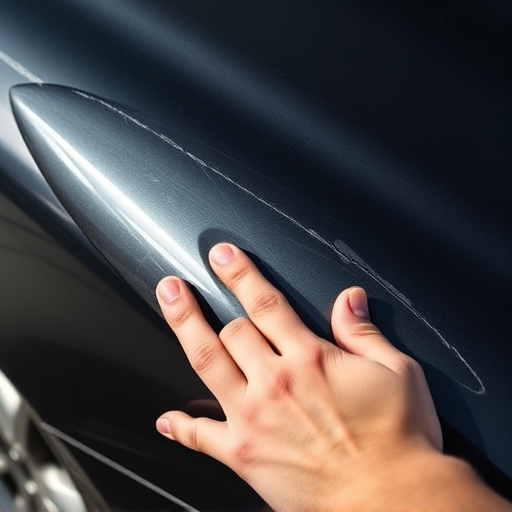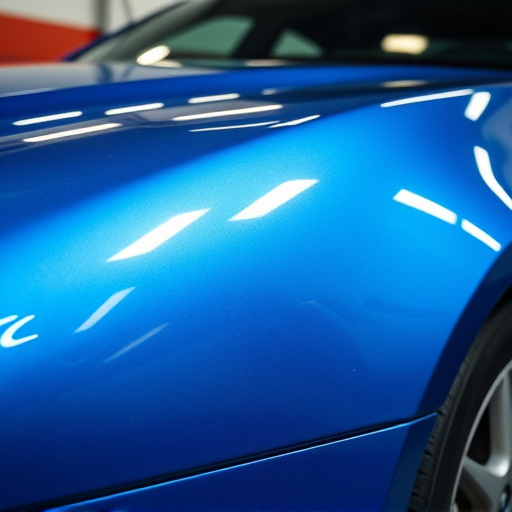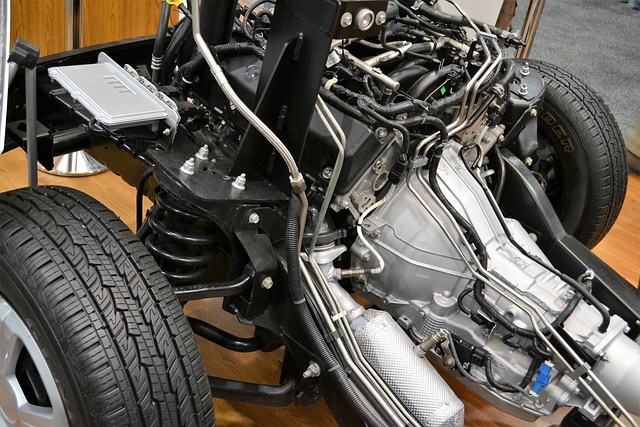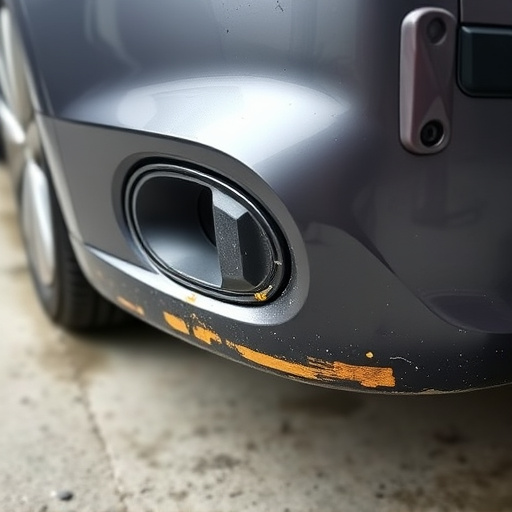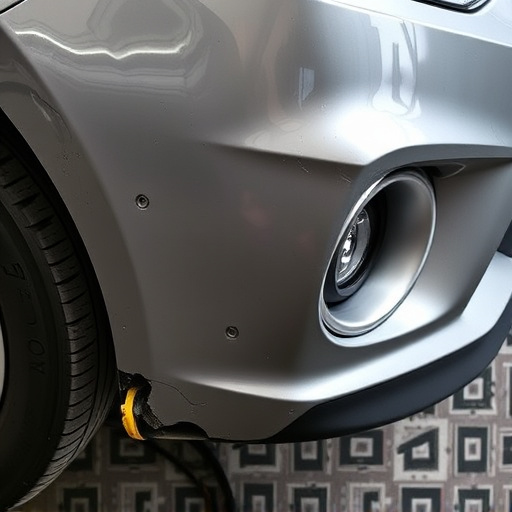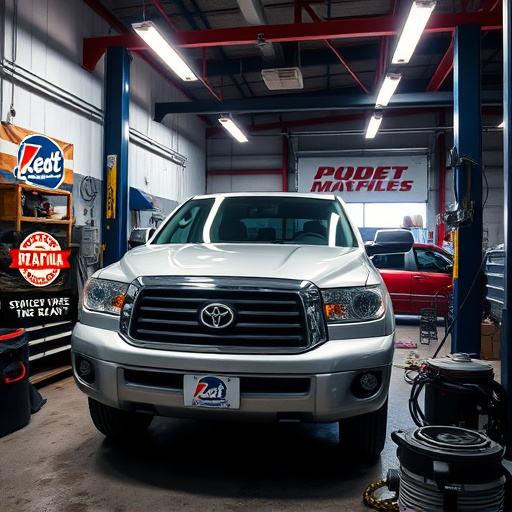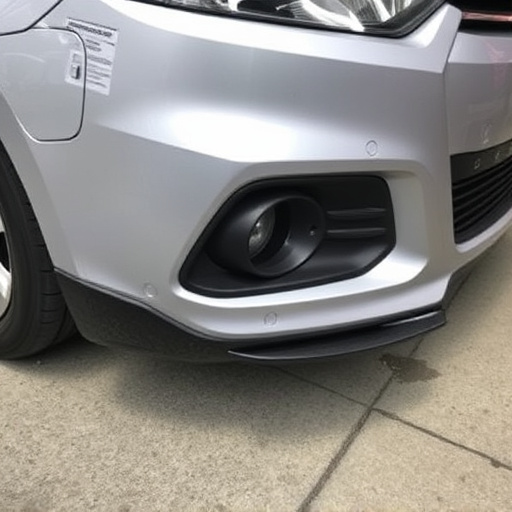Mercedes ADAS calibration is a vital process for optimizing advanced driver-assistance systems' performance and safety. Regular sensor calibration ensures accurate data in varying conditions, enhancing driving experience and reducing accident risk. It's a crucial maintenance step for Mercedes vehicles to keep their safety systems up-to-date and confident navigation on modern roads.
Mercedes ADAS calibration is a critical process ensuring the optimal performance and safety of advanced driver-assistance systems (ADAS). This article delves into the intricacies of this calibration, highlighting its significance in maintaining seamless functionality. By understanding how sensors play a pivotal role in ADAS, we uncover the profound impact of precise calibration on enhancing vehicle safety features. Explore why this process is essential for Mercedes owners seeking top-tier driver assistance and active safety.
- Understanding Mercedes ADAS Calibration Importance
- The Role of Sensors in Driver Assistance Systems
- Impact of Accurate Calibration on Safety Features
Understanding Mercedes ADAS Calibration Importance
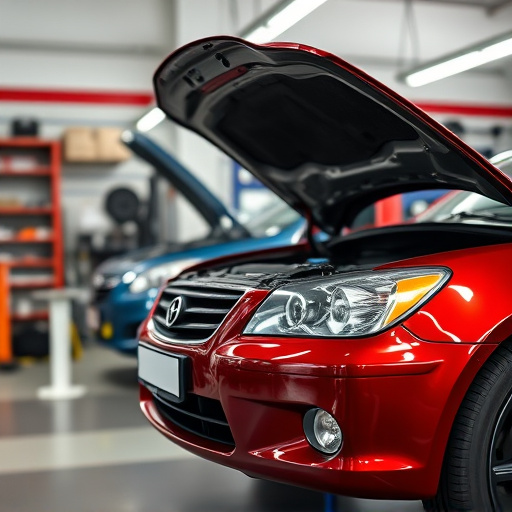
Mercedes ADAS calibration plays a pivotal role in ensuring the optimal performance and safety of advanced driver-assistance systems (ADAS). These systems, which include features like adaptive cruise control, lane-keeping assist, and automatic emergency braking, rely on precise sensor data to function accurately. A well-calibrated Mercedes ADAS system enhances driving experience by providing timely and reliable assistance, ultimately reducing the risk of accidents.
Proper calibration ensures that sensors are aligned correctly, enabling them to deliver accurate and consistent readings. This is crucial in diverse driving conditions, where variables like weather, road surfaces, and vehicle load can impact sensor performance. Regular Mercedes ADAS calibration, often recommended after certain mileage or time intervals, is akin to a vehicle restoration process for its safety systems, keeping the car up-to-date and ready to navigate modern roads with confidence.
The Role of Sensors in Driver Assistance Systems

The sensors within Mercedes ADAS (Advanced Driver Assistance Systems) play a pivotal role in ensuring the effectiveness and safety of driver assistance functionalities. These sophisticated devices, meticulously integrated into modern vehicles, act as the eyes, ears, and even senses of the car, gathering critical data from surroundings. From radar and lidar to cameras and ultrasonic sensors, each has a specific task: detecting obstacles, tracking other vehicles, monitoring lane markings, and assessing traffic signs, among other duties. Accurate Mercedes ADAS calibration is paramount here, as it fine-tunes these sensor capabilities, enabling the system to process information swiftly and precisely.
Proper calibration guarantees that the driver assistance systems respond accurately and promptly in various driving scenarios, enhancing road safety. It’s akin to ensuring a collision repair shop’s equipment is finely tuned for precise repairs, or that tire services are aligned perfectly for optimal performance—the sensors must be impeccably calibrated for the Mercedes ADAS to function at its best, ultimately benefiting drivers by providing assistance that feels intuitive and reliable.
Impact of Accurate Calibration on Safety Features

Accurate Mercedes ADAS calibration is paramount for maintaining safety features and ensuring optimal performance of advanced driver assistance systems (ADAS). These systems rely on precise sensor data to detect obstacles, monitor lane positions, and respond accordingly, thereby enhancing road safety. When sensors are improperly calibrated, it can lead to false readings or missed detections, which could result in serious accidents.
Just as regular maintenance is crucial for a well-functioning classic car restoration or automotive repair services, keeping ADAS components calibrated is essential for any modern vehicle equipped with these advanced features. An automotive body shop that specializes in ADAS calibration can perform this critical task, ensuring that vehicles operate at their highest level of safety and efficiency.
Mercedes ADAS calibration is a cornerstone of modern driver assistance technology, ensuring safety features operate seamlessly. By accurately calibrating sensors, these systems can reliably detect and respond to environmental conditions, enhancing overall driving experience and reducing potential risks on the road. Maintaining proper Mercedes ADAS calibration standards is thus vital for keeping drivers and passengers safe while navigating today’s complex transportation landscape.

